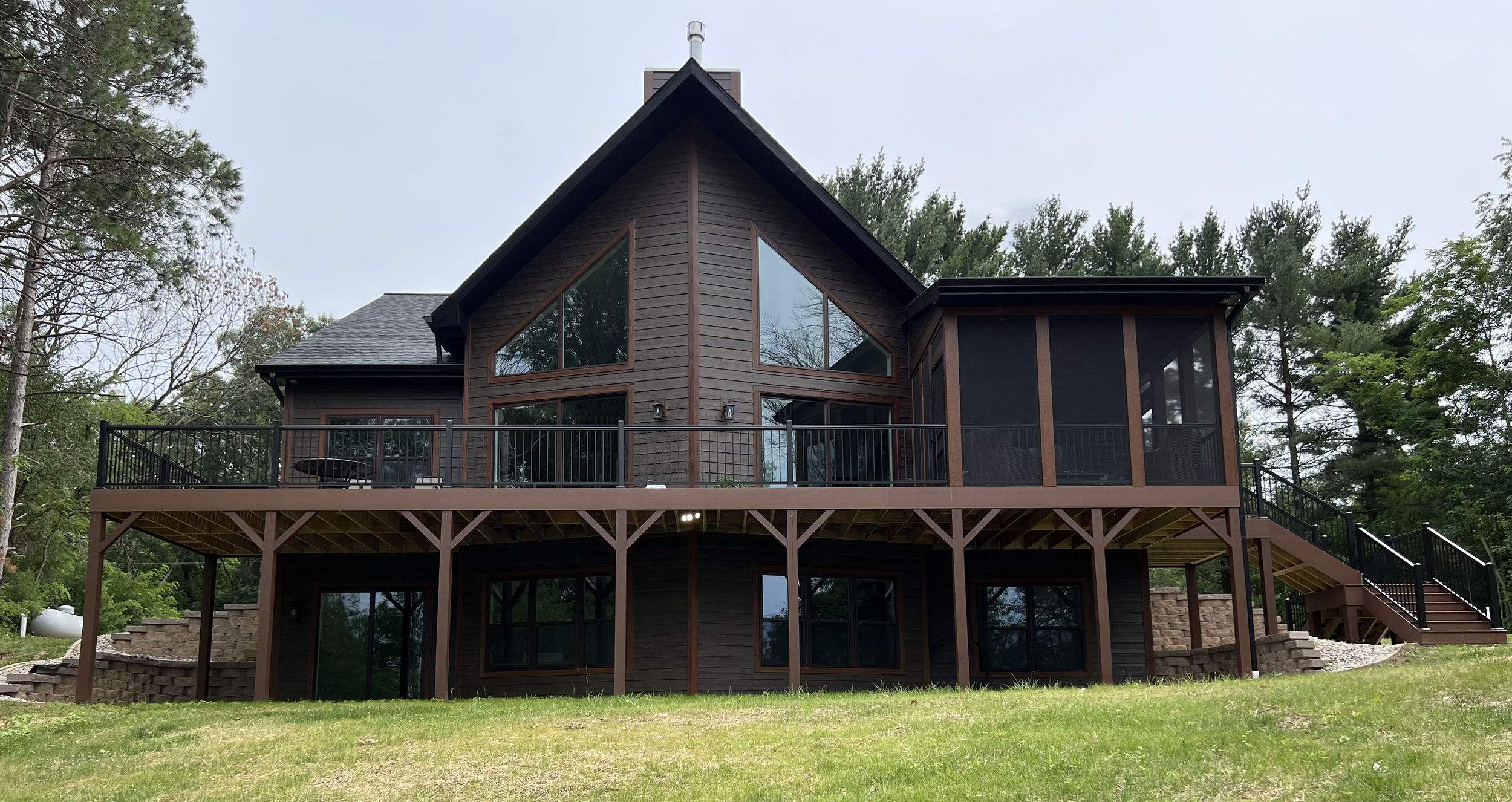Roof Pitches and Their Impact on New Home Construction Costs.
The pitch of your roof is a crucial factor in the overall cost and design of your new home. By understanding how different pitches impact material, labor, structural, and maintenance costs, you can make an informed decision that balances your aesthetic preferences with your budget.
What is Roof Pitch?
Roof pitch is usually expressed as a ratio of the rise (vertical height) over the run (horizontal distance). For example, a roof that rises 4 inches for every 12 inches of horizontal distance has a 4:12 pitch. This measurement determines how steep the roof is.
photo credit: fixr.com
Choosing the Right Roof Pitch for Your Home.
Climate Considerations: Steeper roofs are better in areas with heavy snowfall or rain, as they shed water and snow more effectively.
Architectural Style: Aesthetically, the roof pitch contributes to the building's architectural style and curb appeal, with steeper pitches often associated with traditional or historic designs, while flatter pitches lend a more modern appearance.
Building Codes: Building codes and HOAs often dictate the minimum and maximum allowable roof pitches to ensure proper drainage, structural integrity, and safety.
Ventilation and Insulation: Proper ventilation and insulation are crucial in roof design to prevent moisture buildup and ensure energy efficiency.
Attic Space: Adequate attic space, which is directly affected by the roof pitch, provides additional storage and can impact the overall thermal performance of the home.
How Roof Pitch Affects Construction Costs.
Material Costs
Steeper Roofs: Require more and often pricier materials due to increased surface area.
Low Pitched Roofs: Use fewer materials, but may need specialized ones to prevent leaks.
Labor Costs
Steeper Roofs: Higher labor costs due to increased difficulty and safety requirements.
Low Pitched Roofs: Lower labor costs, unless specialized skills are needed.
Structural Requirements
Steeper Roofs: Need stronger support and framing, raising costs.
Low Pitched Roofs: Fewer modifications but must handle water drainage, adding costs.
Architectural Design
Steeper Roofs: Provide attic or vaulted ceiling space, adding value.
Low Pitched Roofs: Offer a modern look and potential for rooftop gardens.
Maintenance Costs
Steeper Roofs: Easier runoff reduces leaks, but maintenance is harder and costlier.
Low Pitched Roofs: Require more frequent maintenance to prevent leaks.



